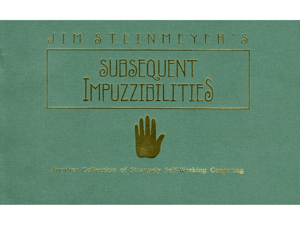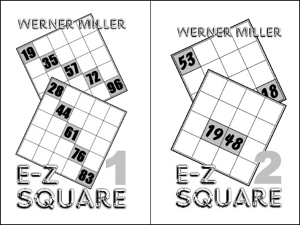 Many regular Grey Matters readers will be familiar with Michael Daniels' Mind Magician site, where he teaches numerous math and memory feats, such as calculating cube roots in your head instantly. He's recently written a new ebook on the 4-by-4 magic square, titled Perfectly Possible. I found it to be well worth the time and money invested, and wanted to share my thoughts with Grey Matters readers.
Many regular Grey Matters readers will be familiar with Michael Daniels' Mind Magician site, where he teaches numerous math and memory feats, such as calculating cube roots in your head instantly. He's recently written a new ebook on the 4-by-4 magic square, titled Perfectly Possible. I found it to be well worth the time and money invested, and wanted to share my thoughts with Grey Matters readers.
This is going to be a difficult review, as I can't give too much away, but I also want to share with you the quality of this method. I'll start with the qualities promoted by Michael Daniels himself:
- Completely impromptu. No set-up, gimmicks, or cribs.
- New, improved method - minimal memory and the simplest of calculations.
- Suitable for close-up or stage performances.
- Produces elegant magic squares.
- Can be immediately repeated for different totals.
- Includes a browser application that helps you to learn and practice (Internet connection not required).
What does "elegant magic squares" mean? One problem with many magic square approaches is that the number can appear unbalanced, such as when 12 of the numbers are less than 15, and the other 4 are over 30. This can give your audience clues about the method. With the Perfectly Possible method, you don't have to worry about that. You're guaranteed a balanced magic square. Elegant also means that you're guaranteed at least 36 different ways in which some combination of 4 squares gives the magic total. Under the right circumstances, this method can yield as many as 52 different combinations!
As with any magic square, the ability to repeat the square immediately with different totals is, of course, essential. Even more impressive, though, is that if 2 people give you the same total, you can still generate a different magic square! Naturally, the same total requires the numbers used to be in the same general range, but this method will allow you to put different numbers in each of the squares with very little difficulty.
That quality is really what makes Perfectly Possible stand out. Unlike the rigid approaches behind most magic squares, the ability to take multiple approaches gives the performer more freedom while disguising the method very effectively. When a change is as constrained as the magic square, finding an approach like this that offers you remarkable degrees of freedom like this is incredible!
If you're interested in creating magic squares, I can't recommend Michael Daniels' Perfectly Possible ebook enough. It's available for $6 on its own, or $8 in combination with Mostly Perfect, its predecessor. If you're seriously consider this as a performance piece, I would also recommend the Unknown Mentalist's Why A Magic Square Should Not Be A Magic Square ebook. It teaches many very effective original presentations that disguise the principle, and will help preserve the mystery by showing you how to prevent audiences from simply searching for "magic square" on the internet during or after your performance.




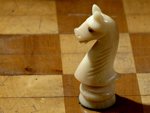

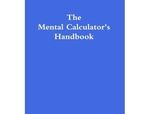

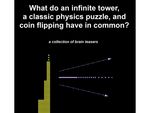
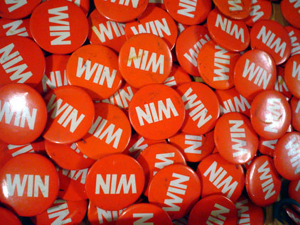 (NOTE:
(NOTE: 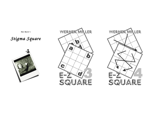 You're probably wondering why I'm reviewing three books in one post. All three are concerned with magic square routines, and there's also been some mingling of influence among the books.
You're probably wondering why I'm reviewing three books in one post. All three are concerned with magic square routines, and there's also been some mingling of influence among the books.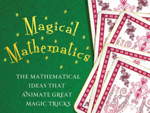

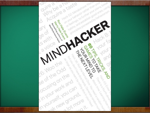 The author of
The author of 